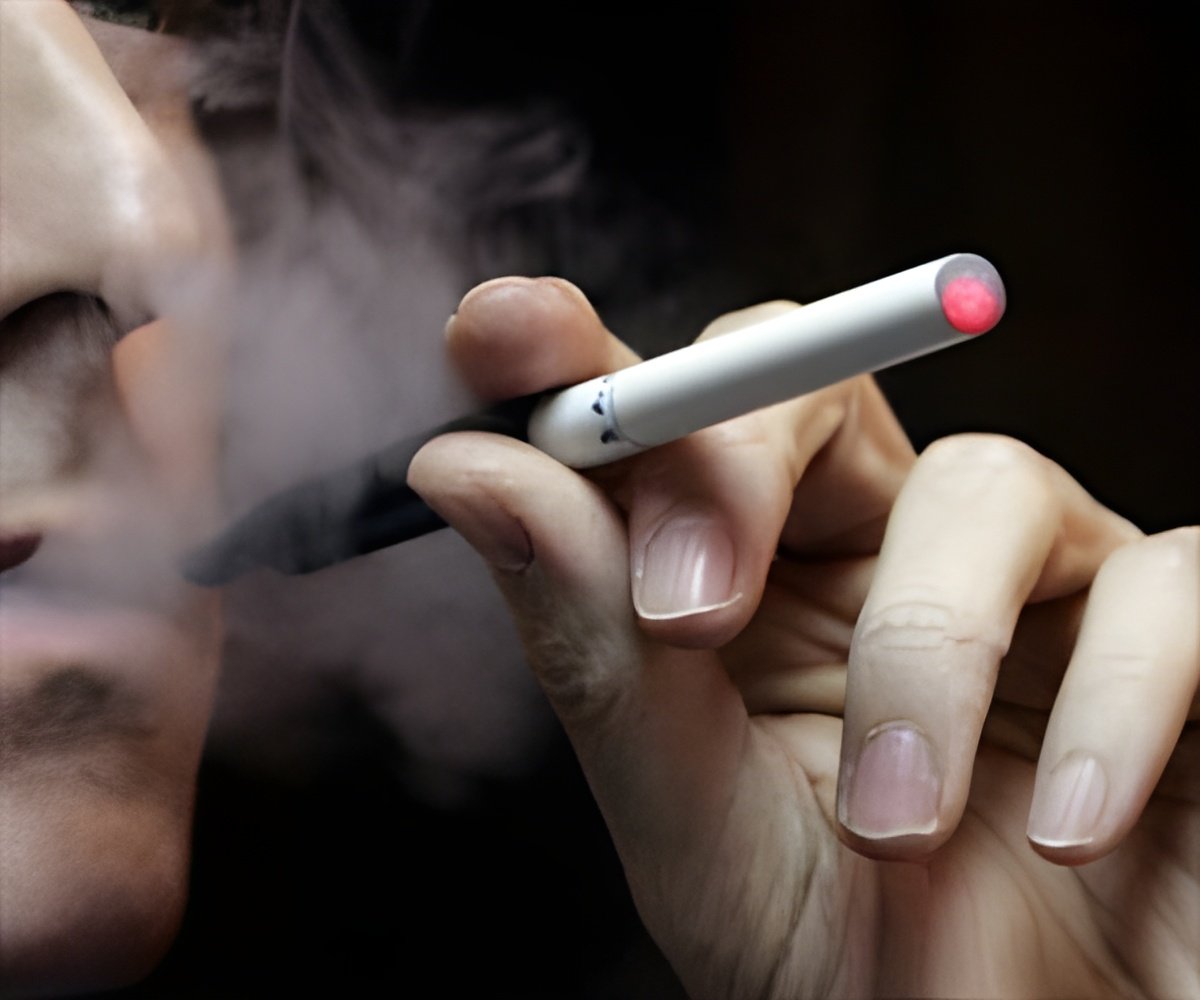New guide for identifying and treating vaping lung illness has been developed. However, scientists urge New Yorkers to stop using vape products until the investigation is complete.

‘New guide for identifying and treating vaping lung illness has been developed. However, scientists urge New Yorkers to stop using vape products until the investigation is complete.’
Read More..




"This illness has been vexing for physicians across the country and we continue to see people suffering from the dangerous effects of vaping," said Daniel Croft, M.D., M.P.H., pulmonologist at the University of Rochester Medical Center's Strong Memorial Hospital. "We expect the guide will help minimize missed diagnoses as cold and flu season ramps up."Read More..
"As the Department of Health continues our investigation into this ongoing outbreak of vaping-associated illnesses, we are in close contact with health care providers across the state and are pleased to provide them with a new tool to help with proper diagnoses," said Health Commissioner Howard Zucker, M.D., J.D. "We continue to urge New Yorkers to stop using vape products until the investigation is complete."
The nationwide epidemic began in the spring and to date, the CDC has charted more than 2,000 cases, including 40 deaths. The cause of the illness remains a mystery, though many patients used products containing THC, the psychoactive component in marijuana. Patients experience devastating lung injury, some requiring long hospitalizations and treatment in the intensive care unit, followed by a slow recovery.
"This is a practical and user-friendly algorithm for clinicians when they are evaluating EVALI. It provides a flow-chart for information-gathering, evaluation and treatment of patients who are experiencing this life-threatening condition," said Aleksandr Kalininskiy, M.D., a lead author with Christina Bach, M.D., at URMC.
Rochester physicians were first in the state to report unusual symptoms to the NYSDOH, and those early discussions led to an extensive and collaborative effort to track symptoms and identify appropriate testing, treatment and follow-up care. Data and samples of vaping materials from URMC's nearly 20 patients were shared with NYSDOH, and its poison control centers, for analysis.
Advertisement
Advertisement











